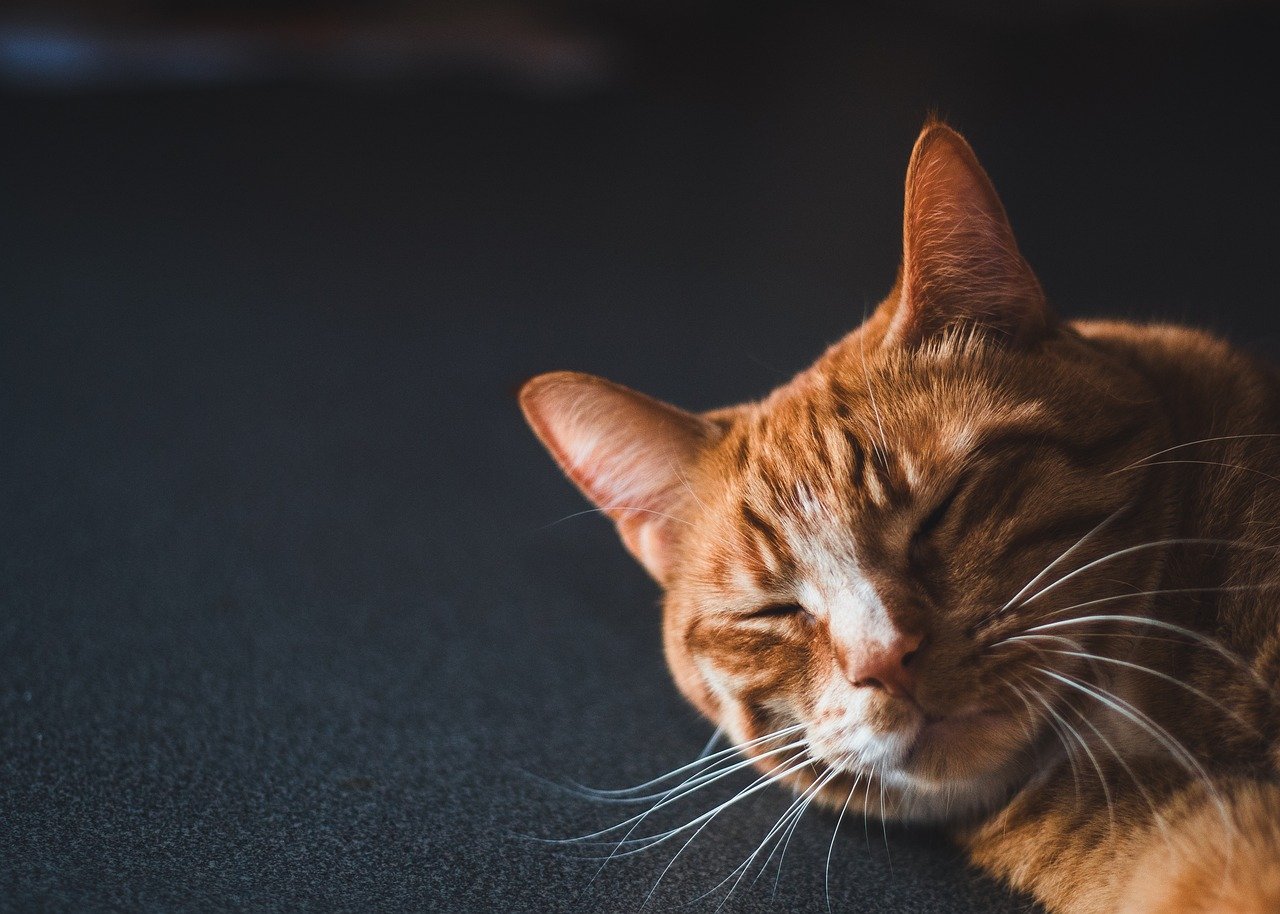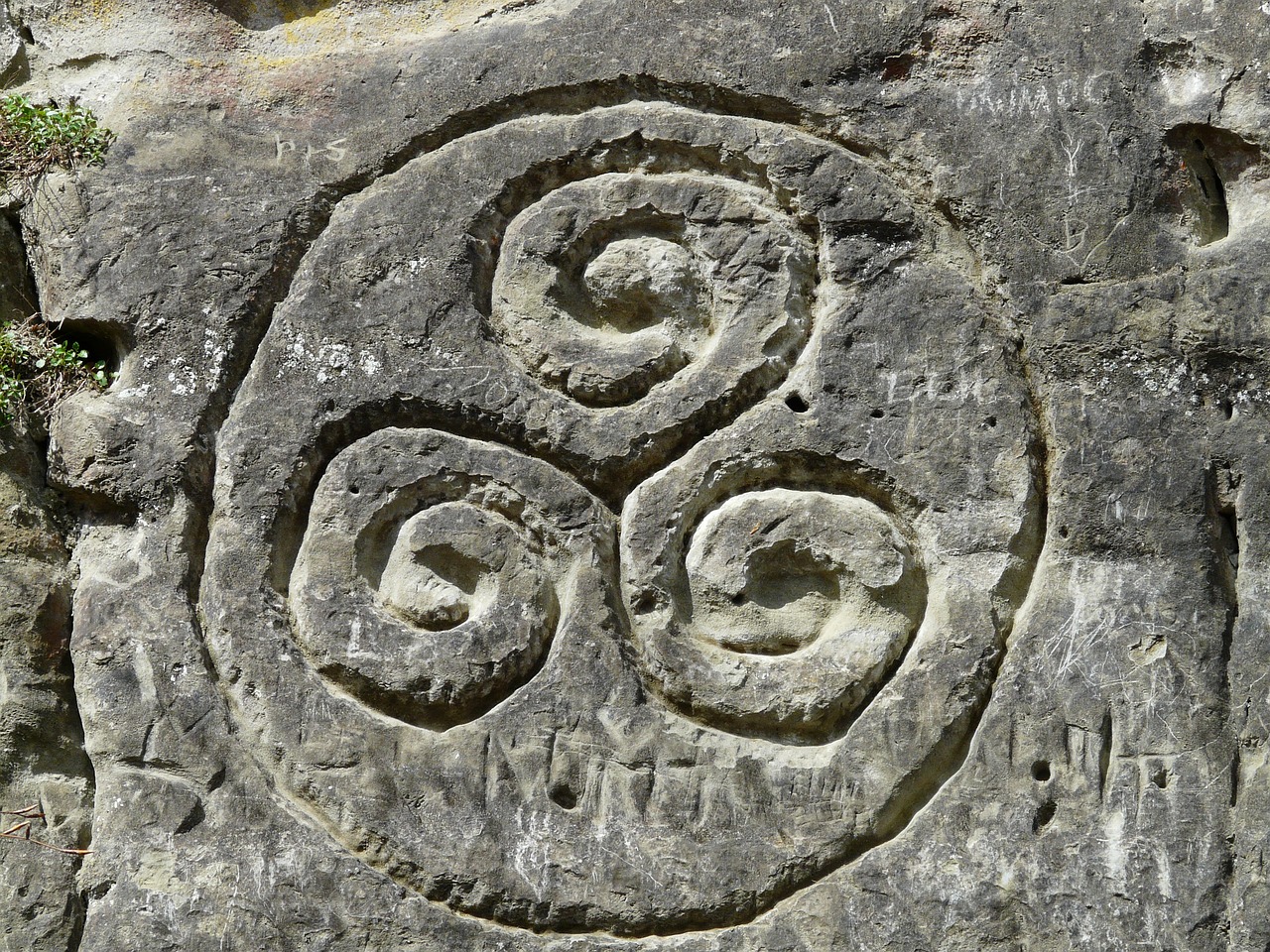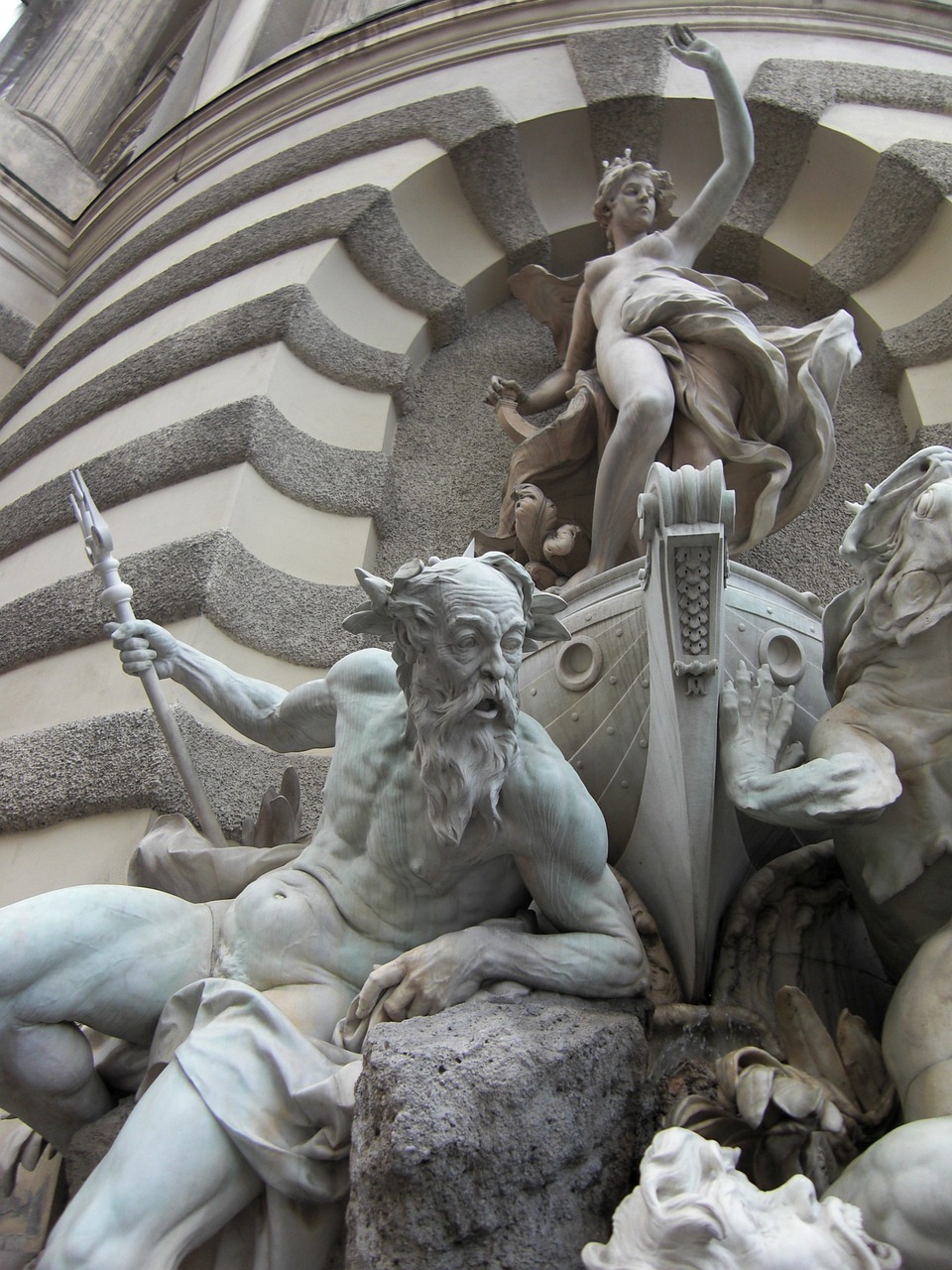Celtic Mythology
-
Cernunnos: The Mysterious Horned Deity Overview Cernunnos is regarded as the Gaelic god associated with wildlife and unspoiled natural landscapes. Known as the Horned One, he is seen as a bridge between humanity and the natural world, possessing the unique ability to harmonize the relationships between predator and prey. Despite being an enigmatic figure, his…
-
The ancient site of Tlachtga, located just twelve miles from the renowned Tara, serves as a pivotal piece of Celtic religious history, albeit overshadowed by its more famous counterpart. Tlachtga was the heart of the Great Fire Festival, marking the arrival of winter, where pre-Christian Irish rituals sought to reassure the community that light and…
-

The deities of the Celtic pantheon belonged to the extraordinary Tuath Dé Danann, who are often regarded as beings hailing from the Otherworld. These ancient Irish inhabitants transformed into gods and goddesses, striving to protect humanity from the Fomorian threat and imparting their wisdom to future generations. Among these divinities, Macha is particularly notable for…
-
Background Bodhbh Dearg, known as Bov The Red, made his home in Sídh ar Feimhim located in Slievenamon, County Tipperary. Following the defeat of the Tuatha Dé Danann by the Gaelic tribes, he was appointed their King. Tales of Bodhbh Dearg Upon his selection as King, Bodhbh Dearg became aware of Lir of Sídh Fionnachaidh,…
-

Fionn mac Cumhaill is a prominent figure in Irish mythology, known for his role as a leader of the Fianna, a band of legendary warriors celebrated for their bravery and skills. Stories of Fionn abound throughout Ireland, but one of the most famous is linked to the stunning natural wonder, the Giant’s Causeway, located in…
-

Aife was a striking queen of the Otherworld and a formidable warrior hailing from Scotland. Her combat skills were on par with those of the famed Irish hero, Cuchulainn. Their brief affair transpired while Cuchulainn was training under Scathach on the Isle of Skye. However, upon returning to Ireland to wed his true love, Emer,…
-

The contributions of the Romans to the world are multifaceted, showcasing remarkable advancements in architecture, engineering, governance, and law. However, their legacy is also marked by a history of cultural erasure. The Romans had a tendency to assimilate cultures and traditions, shaping them in such a way that they eventually became unrecognizable. In historical terms,…
-

Neptune On the 1st of December, coinciding with the new moon, the Romans honored Neptune with offerings. Despite his lesser popularity in Rome compared to the Greek sea deity Poseidon, Neptune is celebrated with two annual festivals. The origins of the name Neptune can be traced back through various linguistic evolutions such as Gaelic Nechtan…
-

Danu holds a prominent position as the mother goddess within Celtic and Irish mythologies, embodying elements of fertility, creation, water, and the earth itself. January 18 is recognized as the Day of Danu, a day dedicated to this significant goddess. Understanding Danu’s Identity Danu’s identity remains enigmatic, as historical records and artistic representations of her…



